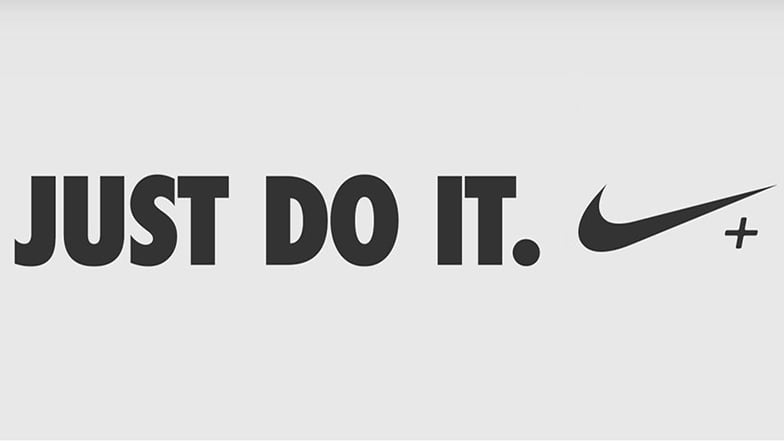A film’s genre is communicated via the story, characters, iconography, conventions and more. Ana Lily Amirpour’s A Girl Walks Home Alone At Night plays will all of these to create a film that is an enthralling mash up of genres.
Audience expectations are key in the success of genres. The title of the film itself creates these expectations; it hints at vulnerability. Most Western audiences have had it drilled into their heads that a woman by herself at night is susceptible to wanton, evil men. However, the vampire character (Sheila Vand) is anything but weak – the night is hers.
One notable sequence begins with a tattooed drug dealer manipulating and abusing a woman, a theme typical of the crime genre. Elements of thriller and suspense are added when he catches a glimpse Vand’s character in the mirror of his car. He later meets her on the street and, believing her to be a prostitute, takes her to his home. When he makes advances on her, she bares her vampire teeth, and the tone and genre of the sequence immediately shifts to that of a classic vampire horror film. All the while, the sequence is undercut by an eeriness, due to Vand’s silence and her black veil, which makes her movements seem otherworldly.
A Girl Walks Home Alone At Night was filmed in the United States, but was written in the Iranian language and takes place in an Iranian setting. The emptiness of the world, for example, the pit of bodies that no one seems to lend a second glance, creates a sense of lawlessness and isolation more typical of Western films.
Critic Kristy Puchko said the film contained “a collision of influences.” It contains elements of Westerns, crime, romance, vampire films, and teenage angst, and feminism.





